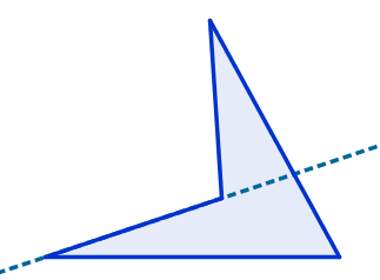The term biodiversity is widely known and publicized, especially when the subject is environmental preservation. This term was created in 1985 from the combination of the words “diversity” and “biological” and, later, in 1986, it was used in a report presented by the entomologist E.O. Wilson. Since then, the word biodiversity has become known worldwide, and is still used today in reference to life on the planet.
→ What is biodiversity?
As its name implies, biodiversity deals with the diversity of life in all existing ecosystems, whether in the deepest ocean or on top of the highest mountains. It is used in reference not just the number of existing organisms, as well as the genetic variety and ecological functions performed by different species.
According to Article 2 of the Convention on Biological Diversity, biodiversity can be defined as:"the variability of living organisms of all origins, including, among others, the terrestrial, marine and other aquatic ecosystems and the ecological complexes of which they're part; further understanding the diversity within species, between species and ecosystems."
→ loss of biodiversity
Biodiversity loss is a problem that has been occurring all over the world, especially in the tropical regions of the globe. The decrease in the variety of life on the planet can have serious consequences, since a endangered species puts many others at risk, since an organism does not live in isolation.
Do not stop now... There's more after the advertising ;)
One of those most responsible for the loss of biodiversity is man himself, who, in his incessant search for development and expansion of territories, negatively affects the environment. Between the main processes responsible for the loss of biological diversity, we can mention habitat destruction, exaggerated exploitation of animal and plant species, introduction of exotic species, expansion of agriculture, pollution and climate change.
→ Convention on Biological Diversity
The Convention on Biological Diversity is a United Nations treaty that was created at ECO-92. This treaty entered into force in December 1993, with the signature of more than 160 countries, and addresses important environmental issues, such as species conservation, sustainable development and the sharing of benefits generated from the use of resources genetics. It is this convention that guides the development of policies related to the environment.
Curiosity:Brazil signed the Convention on Biological Diversity on June 5, 1992.
By Ma. Vanessa dos Santos
Would you like to reference this text in a school or academic work? Look:
SANTOS, Vanessa Sardinha dos. "What is biodiversity?"; Brazil School. Available in: https://brasilescola.uol.com.br/o-que-e/biologia/o-que-e-biodiversidade.htm. Accessed on June 27, 2021.



